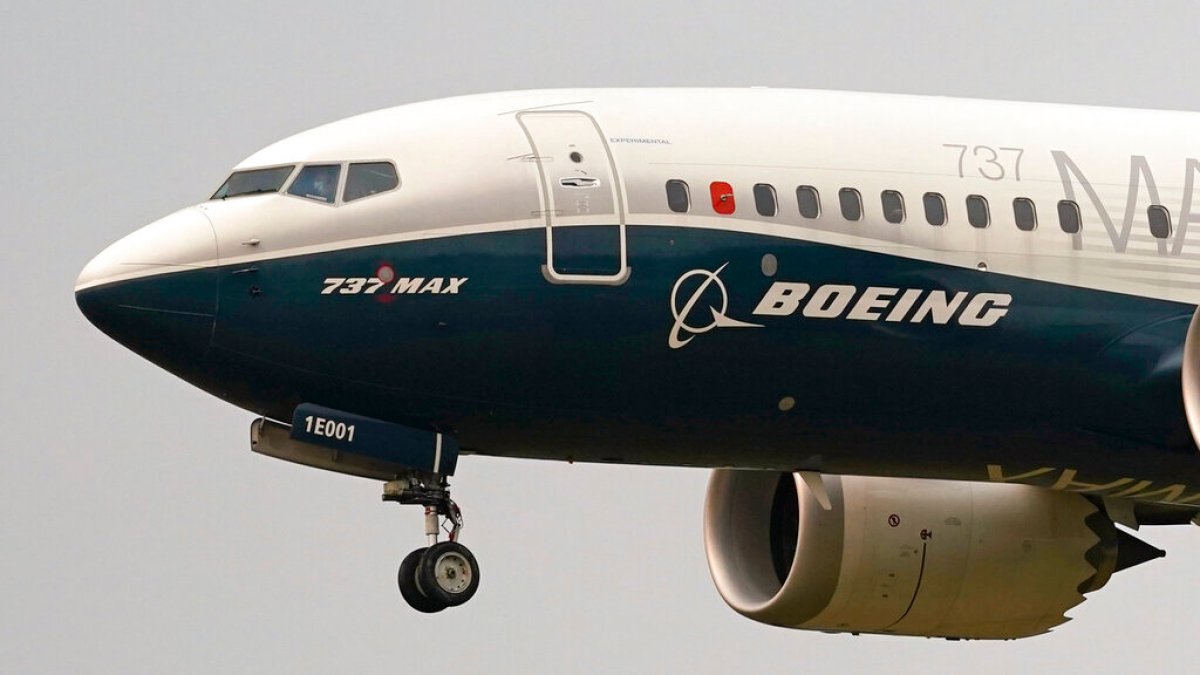On May 14, 1954, Boeing, now one of the world’s largest commercial aerospace companies, revealed its first commercial jet-powered passenger plane, the Model 367-80 prototype, at its Renton Field plant on the south shore of Lake Washington in Washington state, where jetliners are still produced today. The 367-80 was eventually retired on January 22, 1970, after its technology had been used to create the famous 707 model – and later the hugely successful 737. Initially, airlines were hesitant to adopt jet technology due to concerns about cost and noise levels, among other factors. However, the successful test flights of the 367-80 showcased the advancements in aviation with increased speeds and altitudes. This success paved the way for Boeing’s 707 plane, which was launched in 1957. US airline group Pan Am commenced regular 707 flights on October 26, 1958, signaling the broader acceptance of jet airliners in the industry. Before the 707, propeller-driven aircraft dominated commercial air travel. Boeing’s 737 model was introduced in 1967 and became the most commercially successful airplane in aviation history. However, in recent years, Boeing has faced a series of technical failures. Most recently, a Boeing 737 carrying 85 people caught fire and skidded off a runway at Senegal’s main airport, injuring 10 people, including the pilot. Additionally, a Boeing 767 cargo plane was forced to make an emergency landing due to a front landing gear failure. Boeing also had to postpone the launch of its new CST-100 Starliner capsule designed for space launch after engineers discovered a problem with a rocket valve. Here is a timeline of some of Boeing’s milestones and setbacks over the past century.

